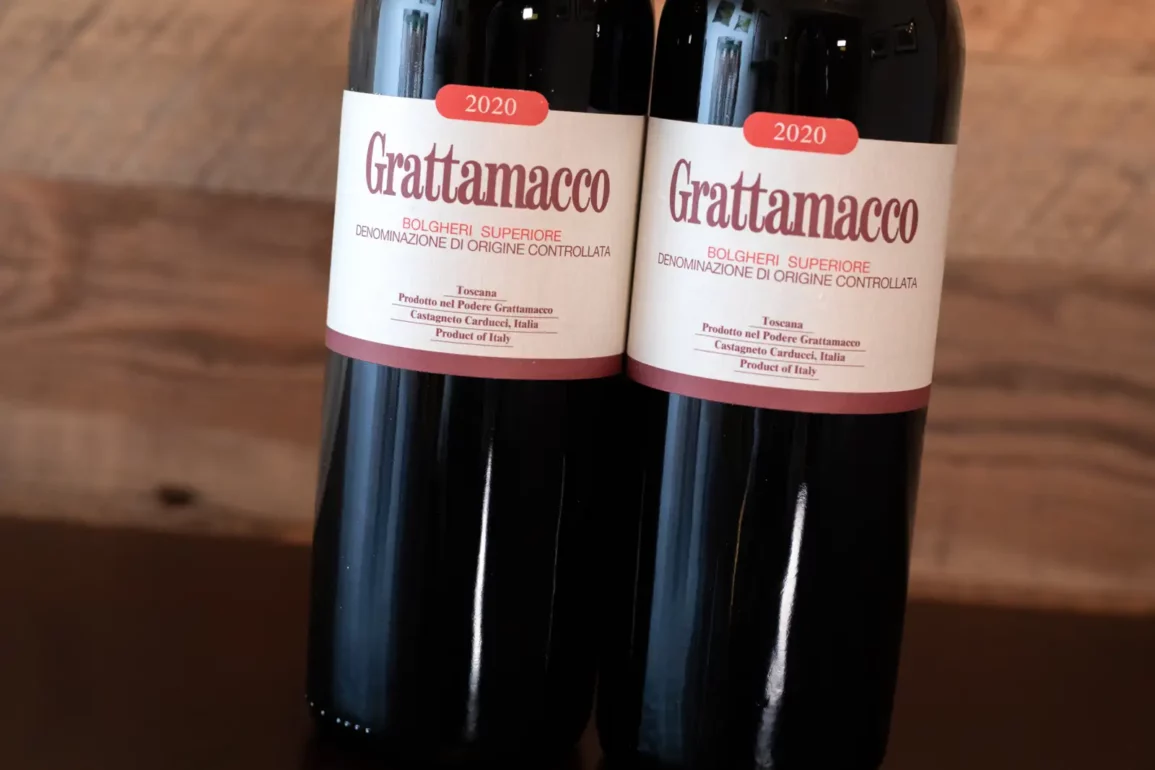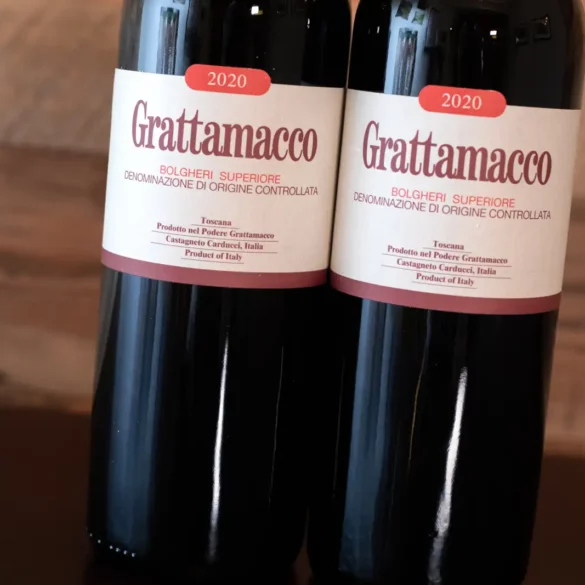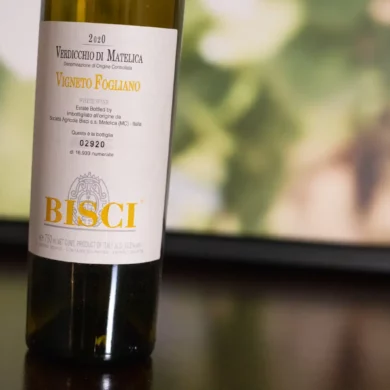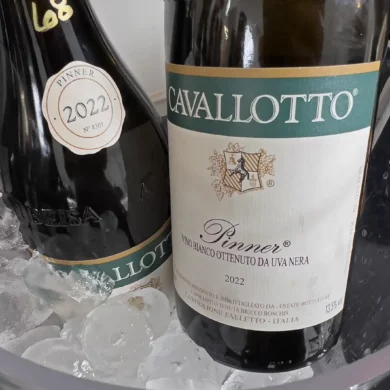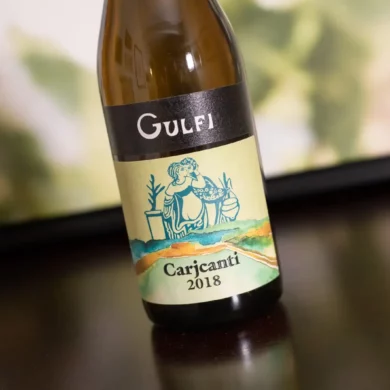In the 1970s and 80s (and even well into the 1990s), Italian wine had some catching up to do on the international stage. But that rostrum had a spotlight for only one kind of act: a blockbuster. Key markets, particularly the United States, wanted recognizable red wines made from Cabernet Sauvignon and Merlot, and to get their attention, Italy’s top estates of the time forged their reputation on Bordeaux varietals. Grattamacco was one of them.
What was once edgy and cool becomes a new class of “elite and established,” and before you know it, you’re doing the same thing previous generations did: reinforcing what’s good by recommending the same 100 wineries over and over again.
Today, we are spoiled for choice. Perricone! Cesanese! Schioppettino! Not to mention the “A game” found from top producers working with the big three: Sangiovese, Nebbiolo and Nerello Mascalese … More often than not, modern Italian red wine speaks with its mother tongue.
Meanwhile, it is the blockbuster estates of the 1970s and 80s that seem dusty and dated. Major wine publications still cannot get enough of them, partly because their audience is graying and that’s what they still know and enjoy. (And let me be clear: there is nothing wrong with that from the consumer side. Drink what you like). However, in a superb winery profile published a couple weeks back on Wine Spectator — one of those publications that feeds the beast, so to speak — Roberto Camuto eloquently stated the quiet part out loud.
“We live in a golden age of wine diversity,” Camuto wrote. “Yet a lot of oxygen — not to mention pricey vineyards and real estate — is sucked up by elite, established wineries, which often guard their turf against upstarts.”
I’ve spent much of my wine-writing career trying to circumvent those “elite, established wineries,” partly to avoid sounding anything like Wine Spectator. But with enough time, a funny thing happens. What was once edgy and cool becomes a new class of “elite and established,” and before you know it, you’re doing the same thing previous generations did: reinforcing what’s good by recommending the same 100 wineries over and over again.
Let’s Get Contrarian
For years now, I’ve turned down most red wine samples from the Tuscan coast because I just wasn’t interested in the story. Bordeaux varieties from a maritime climate, usually with a lot of ambition forcing them into an awkward shape on the palate? No thanks.
But then I returned to the Collio DOC in Friuli in late 2022, where Sauvignon Blanc, Pinot Grigio and especially Merlot speak with an Italian accent that sounds natural and melodic. I couldn’t deny the greatness of these wines, and — perhaps it was the contrarian in me — I started to think about the Tuscan coast again, which modern sommeliers and indy wine writers love to ignore. Was their a diamond in the rough down there that I was missing?
Turns out, there is, but it is hardly a diamond in the rough. Grattamacco has a monumental reputation. Established in 1977, it rode the wave of Super Tuscan fervor and has been a mainstay of the points-obsessed ever since. Often spoken of in the same breathless sentence as Tenuta San Guido (which gave us “Sassicaia”), Grattamacco has been as mainstream as Tuscan wine comes. And it is also a fairly large estate, with 28 of its 80 hectares planted to grape vines.
I sought out the wine (a sample, see below) because it is owned by the ColleMassari Group which also owns Poggio di Sotto in Montalcino — an exemplary estate that makes one of my favorite Brunello di Montalcino wines. Other criteria they checked: their certified organic standing and the inclusion of Sangiovese in their top wine — something Grattamacco has done from the very beginning.
That Famous Bolgheri Superiore
You won’t taste Sangiovese much in their Bolgheri Superiore. But it does feel like something is keeping this wine honest. The aromas are heavenly — classic Cab-Merlot notes of ripe plums, cocoa nibs and peppercorns — but on the palate this is a wine going places, and its moving with an elegant saunter. This is not a weightlifter or a bruiser, as so many warm, maritime-climate Bordeaux blends tend to be. Whether that’s the Sangiovese or the slight elevation of the vineyards talking, I don’t know. Nor do I really care at this point. What’s clear is that winemaker Luca Marrone is patient with this wine, and he doesn’t feel the need to pump it up unnecessarily with overripeness, extraction or new oak. Tasted alongside a few other Bordeaux blends from outside the region (including a Saint Estèphe, the heart of the Left Bank) Grattamacco was the clear winner.
Now, all that said, this is a wine whose cost is north of $100 (the 2020 is currently selling for $129). If you find Bordeaux blends irresistible, or you find yourself along the Tuscan coast, then that price might not be a big deal to you. I would just encourage you to also explore the Merlot-focused blends of Collio and Friuli as well for an intriguing (and less expensive) counterpoint.
2020 Grattamacco Bolgheri Superiore
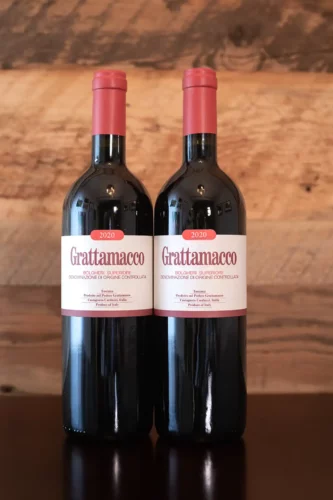 Bolgheri DOC (Tuscany )
Bolgheri DOC (Tuscany )
Grapes: Cabernet Sauvignon (65%), Merlot (20%) and Sangiovese (15%)
Alcohol: 14.5%
Opinion: ★★★★ 3/4
Food friendliness: Limited
Value: A Little Pricey
A beginner might like … that nose. This is what Bordeaux blends should smell like: equal amounts of red-purple fruit, peppercorn and bitter black chocolate. This is also how Bordeaux blends should feel on the palate: strong but not overbearing, tannic but with enough juiciness to keep things moving. Commit this profile to memory.
A wine obsessive might like … the alcohol integration. At 14.5% ABV, I would have expected to sense the alcohol a lot more with this wine, either on the nose or through the finish. But everything seems to be so in balance and in check here, that no single element is allowed to dominate. In a word: finesse.
Note: This sample was provided by Grattamacco’s PR agency upon request from the editor. Learn more about our sample policy.
